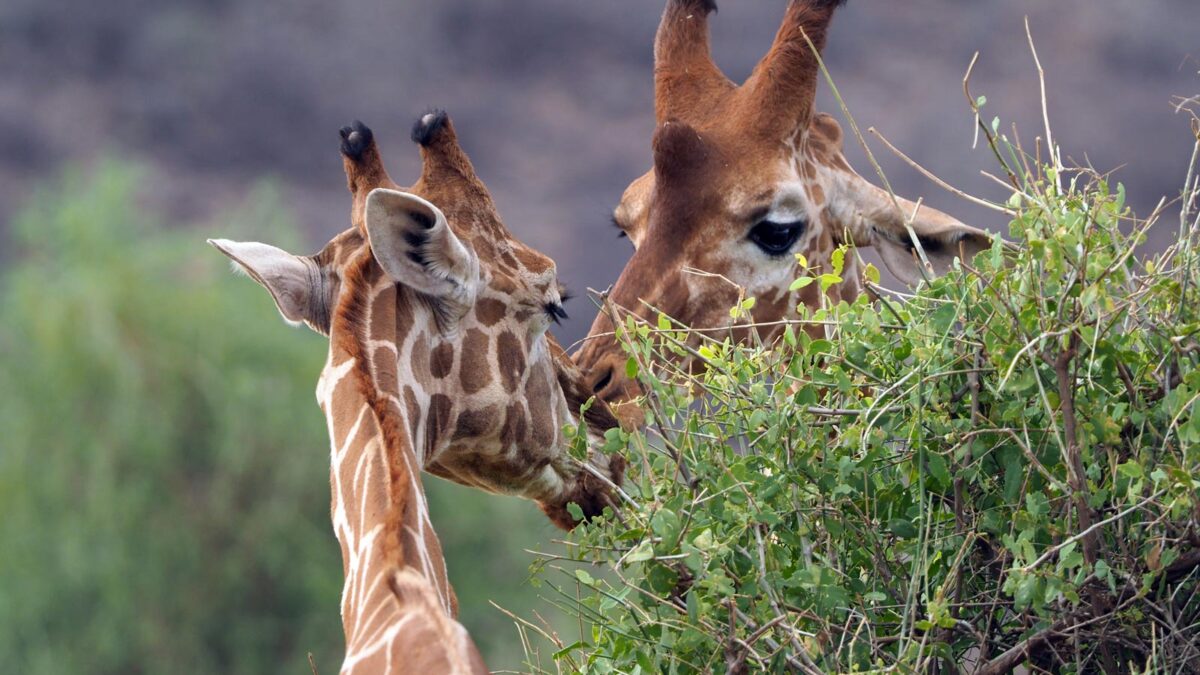Explore Mwea Game Reserve

Explore Mwingi Game Reserve
September 11, 2023
Tubing on River Nile
September 11, 2023Uncover the Enigmatic Mwea Game Reserve – An Undiscovered Oasis of Tranquility
Exploring Mwea Game Reserve – A Hidden Gem in Eastern Kenya – Nestled within the serene confines of Mbeere District in the Eastern Province of Kenya lies the Mwea National Reserve, a tranquil haven that remains largely undiscovered. Situated approximately 200 kilometers from the bustling metropolis of Nairobi, this remarkable reserve invites visitors to embark on an exploration of its unique savannah ecosystem. Here, the landscape reveals small hills cloaked in bushy vegetation, adorned with scattered majestic trees. Open grasslands and lush riverbanks with thick undergrowth further enhance the diverse terrain. The ecosystem’s defining features include the confluence of the Tana and Thiba rivers, as well as the Kamburu and Masinga hydroelectric dams, which provide a sanctuary for a plethora of biodiversity.
Wildlife Marvels in Mwea Game Reserve
Mwea National Reserve beckons with an array of remarkable wildlife, including elephants, Rothschild giraffes, common zebras, lesser kudu, buffalo, waterbuck, bushbuck, impala, vervet monkeys, aardvarks, yellow baboons, Grant’s gazelles, dik-diks, cape hares, warthogs, black-backed jackals, duikers, Sykes’ monkeys, genet cats, slender mongooses, striped ground squirrels, dwarf mongooses, crested porcupines, rock hyraxes, tree hyraxes, and tortoises. In the dams and rivers, hippos and crocodiles make their aquatic abode. The reserve is also a haven for diverse bird species and reptiles.
Wildlife Wonders of Mwea National Reserve
Wildlife enthusiasts will find themselves captivated by the diverse inhabitants of Mwea National Reserve. The reserve is home to an array of captivating creatures, including elephants, giraffes, lesser kudus, Burchell’s zebras, leopards, grey duikers, serval cats, Nile crocodiles, waterbucks, hippos, spotted hyenas, buffalo, black-backed jackals, Sykes’ monkeys, bushbucks, bush pigs, olive baboons, warthogs, rock hyraxes, impalas, and hartebeests. Additionally, the park provides refuge for several endangered species, such as the genet cat, striped ground squirrel, black-backed jackal, and yellow baboon.
A Birdwatcher’s Paradise
Mwea National Reserve boasts a diverse avian population, with over 150 species of birds gracing its skies. Among the rare and highly prized sightings are the endangered Hinde’s babbler, Pel’s fishing owl, and the white-backed night heron. The reserve is also home to a series of hydroelectric power dams, including Kamburu, Kiambere, Masinga, Gitaru, and Kindaruma, which play a crucial role in Kenya’s electricity production. Beyond these, additional attractions along the Tana River include the mesmerizing Adamson Falls, Mutonga Grand Falls, Usueni, and Kora. For a unique perspective, Masinga Resort offers invigorating boat rides on Masinga and Kamburu dams.
How to get to Mwea Game Reserve
To reach Mwea National Reserve from Nairobi, travelers have several routes to choose from.
The Thika-Matuu-Masinga Dam route covers 160 kilometers, leading to Mwea Masinga Dam Bridge and onward to the dusty roads that lead to Makima Gate. Alternatively, you can explore the Nairobi-Thika-Garissa or Nairobi-Embu-Thika routes, which connect via Embu.
For those seeking an aerial adventure, Mwea Reserve is accessible via Masinga airstrip, situated near Masinga Lodge, a mere 14 kilometers from the main gate. Railway enthusiasts can also embark on a unique journey to the reserve, with the drop-off point at Nanyuki, from where public transport or private hire can be arranged for the remaining leg of the journey.
Retreats and Accommodation
While there are no lodges or camps within the reserve itself, Masinga Lodge, located near Masinga Dam, offers standard facilities for those seeking a comfortable retreat. For the adventurous souls looking to connect more closely with nature, self-catering camps can be found at Mbogo, Silvester, Mavuria, Kyangosi, Hippo Point, Kanyonga, and Githechu, providing a rustic yet immersive experience in the heart of Mwea National Reserve.

